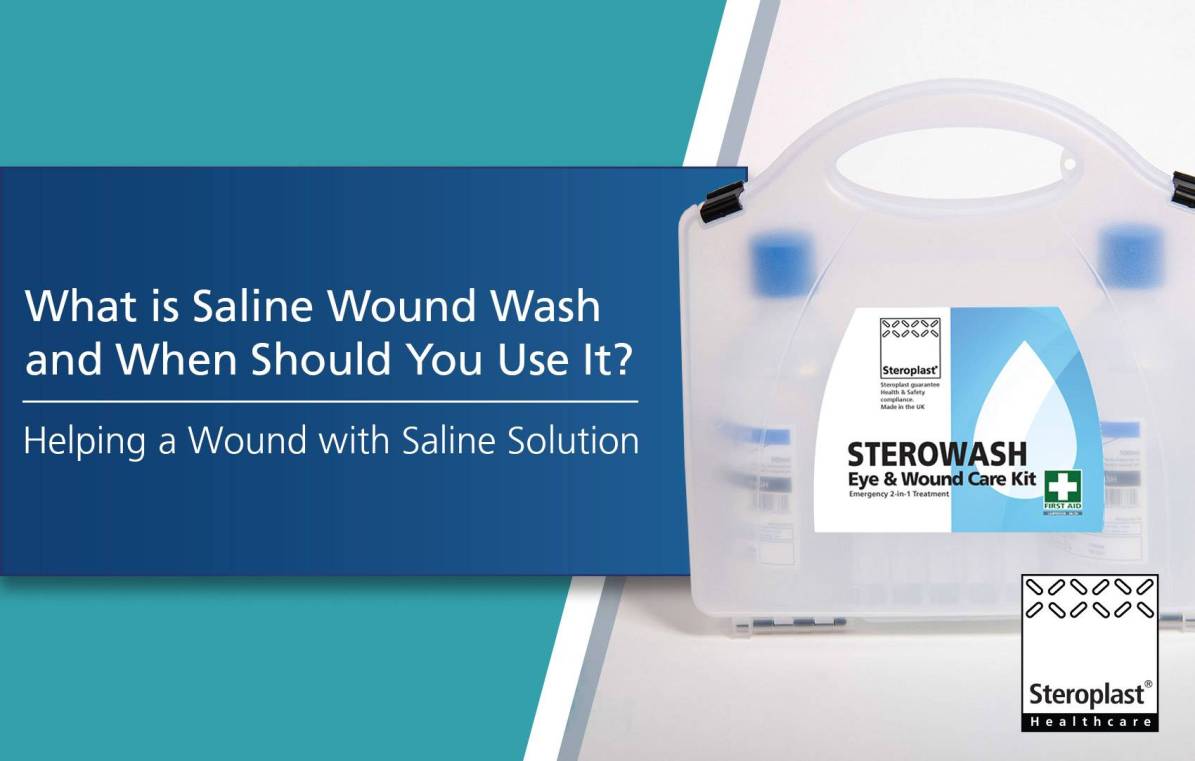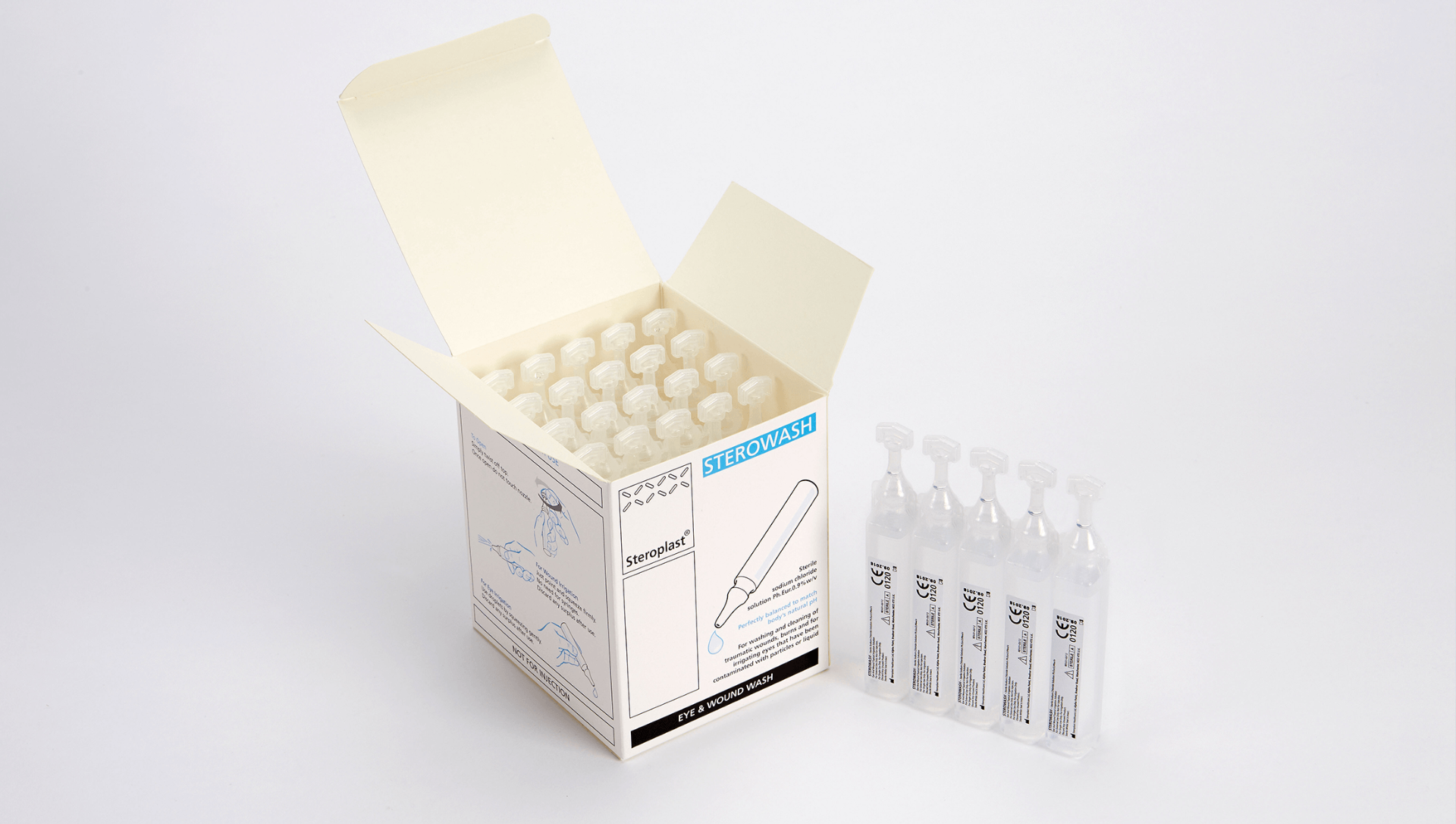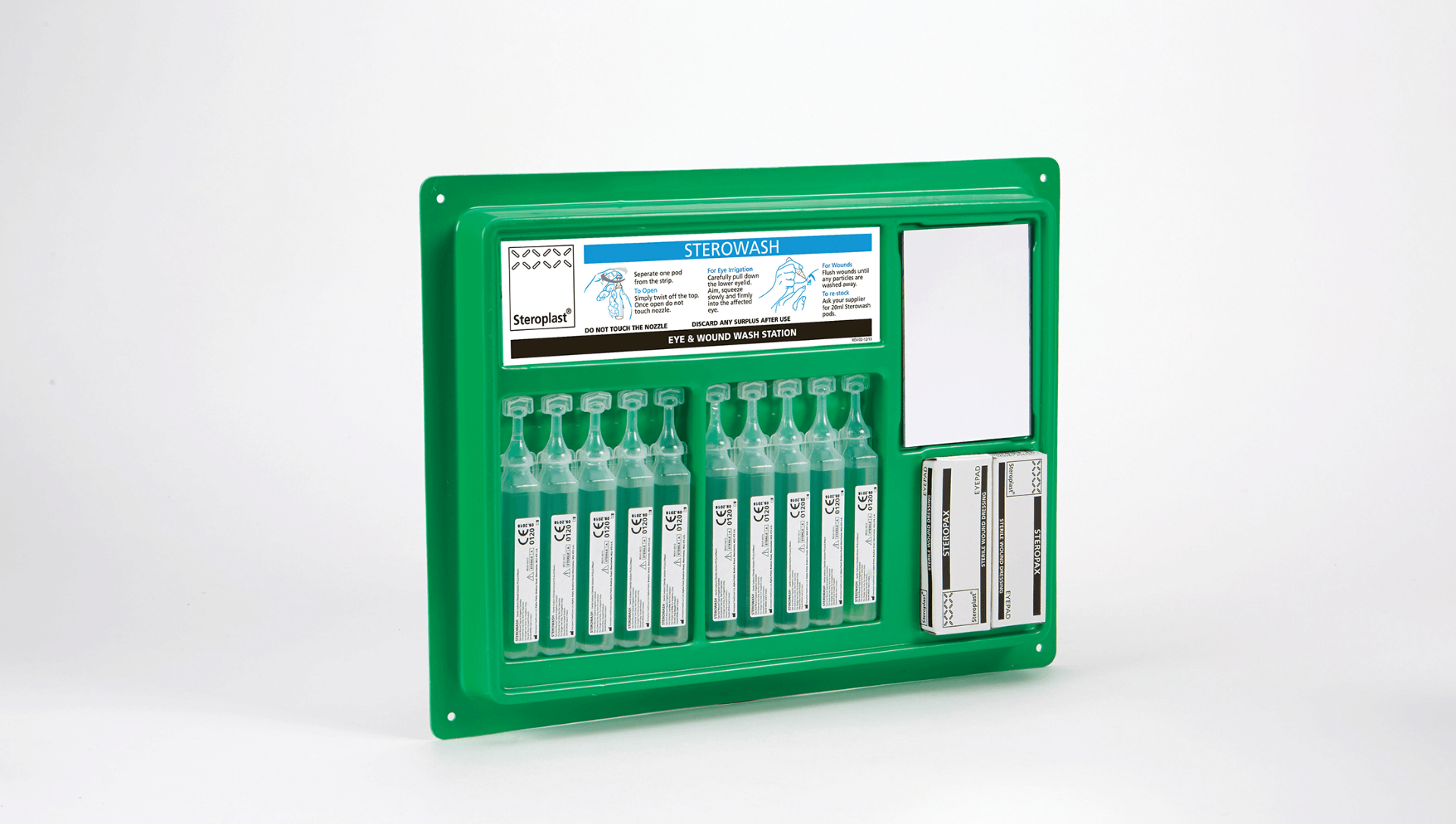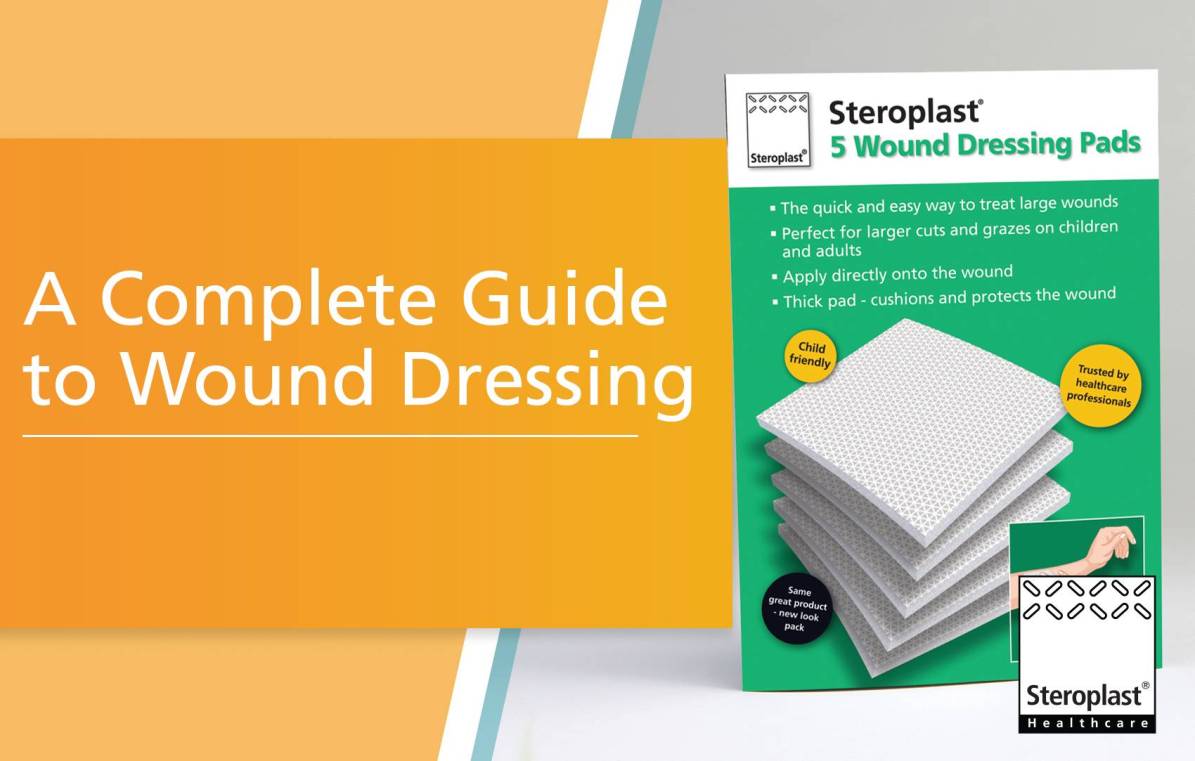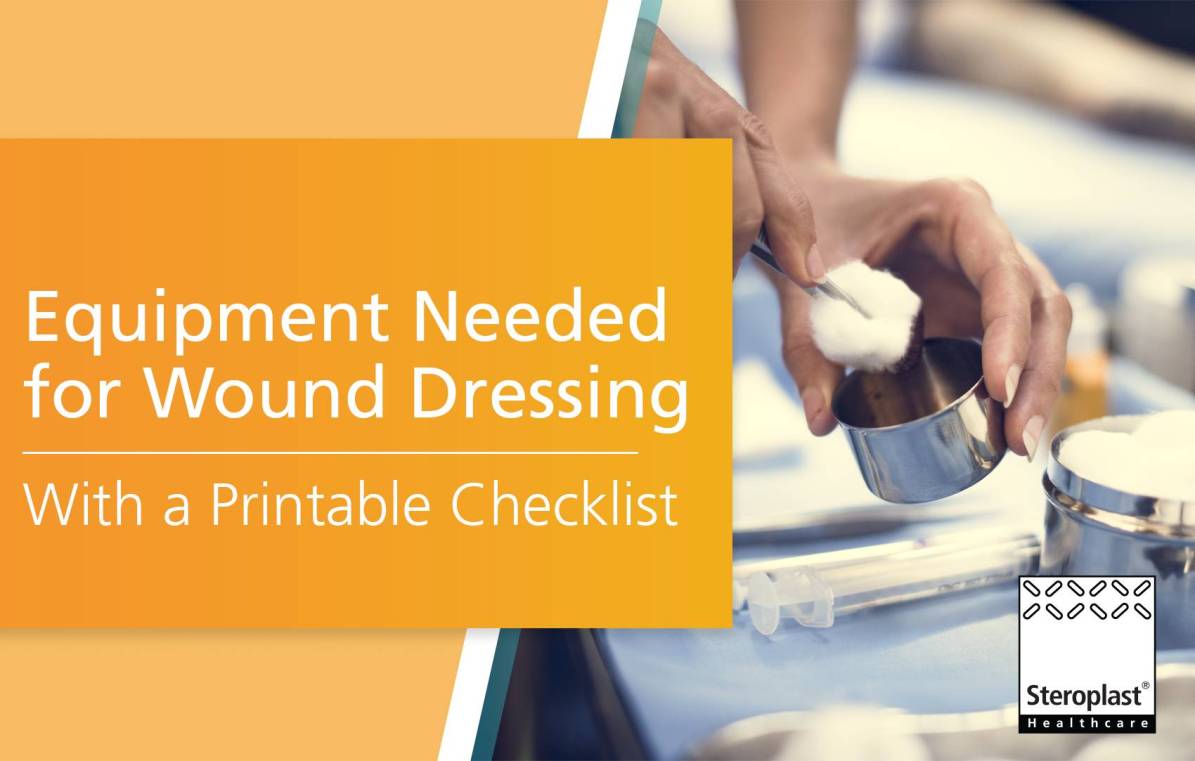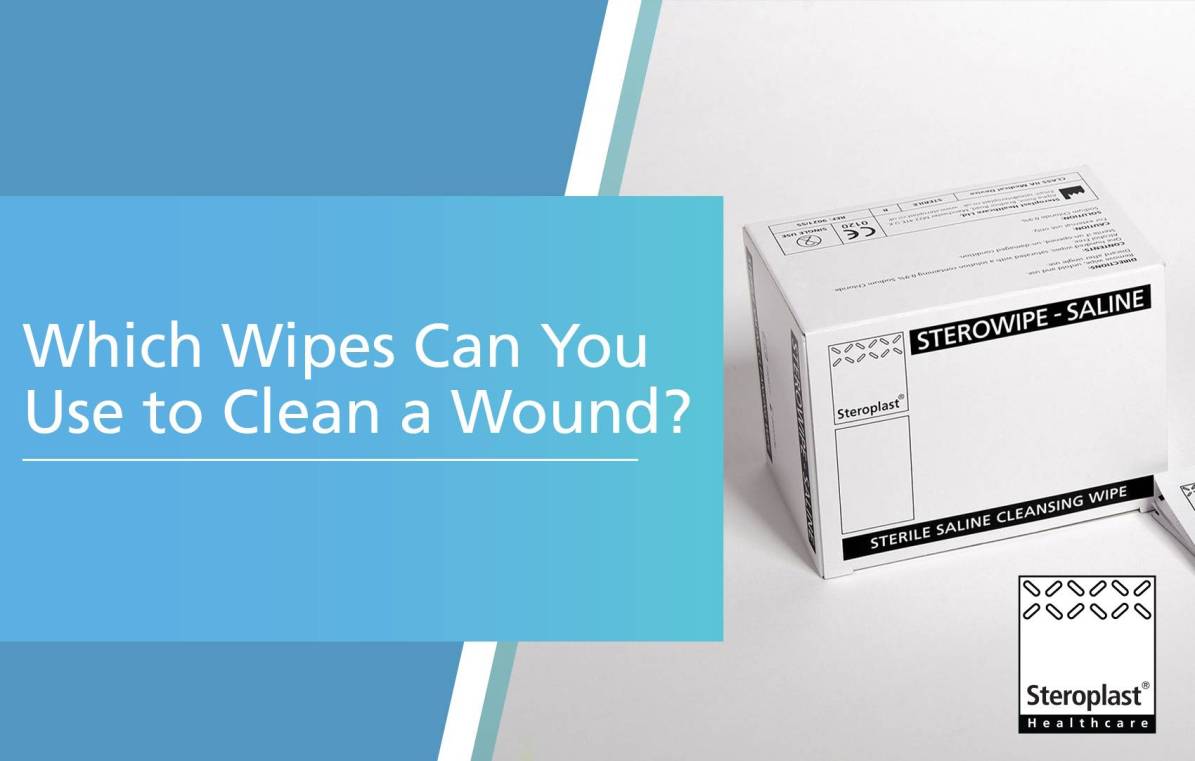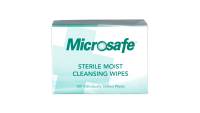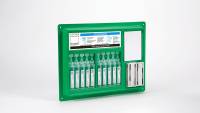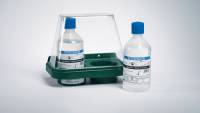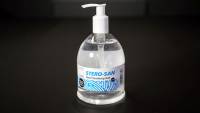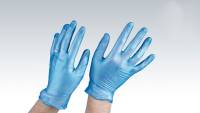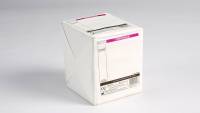What is Saline Wound Wash and When Should You Use It?
Before dressing a wound it should be thoroughly cleaned. Cleaning a wound helps to remove debris and bacteria that could lead to an infection and help the natural healing process along.
The aim of cleaning a wound is to create an environment that is optimal for healing so it’s important to choose the right first aid equipment to work with.
In this article, we’ll look at what saline wound wash is and when it can be used.
What is saline wound wash?
Saline wound wash is a sterile liquid solution that is made up of distilled water and sodium chloride (salt).
Specifically, saline wound wash ingredients in our Sterowash Eye and Wound Wash product are sodium chloride BP 0.9% w/v in purified water
Does saline wound wash expire?
Saline solution wound wash does have an expiration date, the product label should be checked for the specific shelf life of the wound wash you use. Saline wound wash stays sterile in its sealed container until use, while saline doesn’t necessarily ‘go bad’, the water inside can evaporate over a long period of time increasing the concentration of salt in the solution.
Sterowash Eye and Wound Wash has a shelf life of three years in our 20ml pods.
How to Wash an Open Wound
Washing open wounds is important as it means you can clear the trauma area of harmful germs in the early stages. This means that you’re giving the body the best chance to avoid an infection.
If there are foreign objects in the wound, washing them out while it is still open avoids the possibility of them being pushed further into the wound when a dressing or plaster is applied and even prevents the skin from healing over them.
If you’re wondering what to wash a wound with, opting for a sterile saline wound wash solution is always the best bet. This will afford the patient the very best hygiene and comfort when cleaning the wound.
Can I wash an open wound with water?
If there’s no sterile wound wash around, water is sufficient for cleaning a wound. Potable running water from the tap is the best water to use. Make sure the temperature is not too hot or cold as to cause the casualty discomfort.
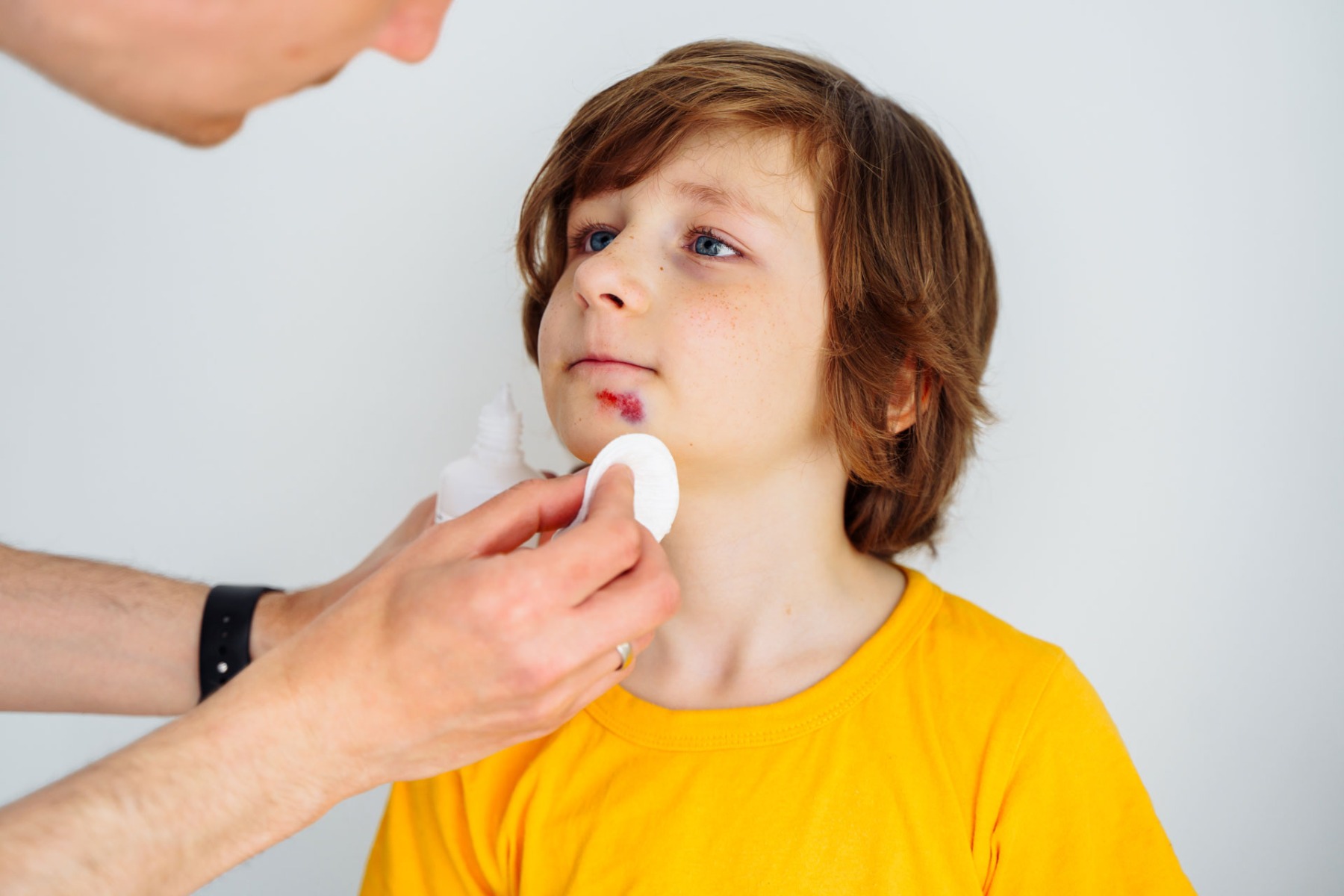
How to Wash a Wound
Gather everything you need and make sure the casualty is comfortable and that you can easily access the area that needs to be treated. Take your time while you treat the person. Here are our steps on how to wash an open wound:
- Wash your hands and dry them. If you cannot reach a sink use some hand sanitiser.
- Put on a pair of disposable gloves. These may come with your first aid kit.
- Use sterile wound wash or tap water to rinse the wound for five or ten minutes.
- Soak a piece of gauze with wound wash and gently dab the skin or wipe the area.
- Pat the area dry with a clean towel or some tissues.
- Cover the wound with a dressing.
Depending on the size of the wound, different types of dressings can be used. If the wound is small you may only need to use a plaster or an adhesive dressing. You could also use a piece of gauze or non-fluffy material as a dressing and then wrap the area in a bandage. If the dressing becomes soaked in blood, do not remove it. Apply another dressing on top and press down on the area with firm pressure.
If there is an object embedded in a wound do not try to remove it. Instead, call 111 or go to A&E.
Tips to make wound cleaning easier:
- Calm the person down by telling them what you're about to do. You could explain your actions as you do them, or, if they are very young, ask someone to distract them or comfort them.
- Ask someone to help if you are cleaning a pet’s wound, they may be able to hold the animal steady for you.
- Don’t use antiseptic to clean a wound, it could cause damage to the skin.
- Don’t use a fluffy material to clean the wound. Materials like cotton wool can leave fibres in the wound.
- Apply a new dressing immediately if the current one becomes damp.
Limited-time Offers
Save £420 on Defibrillator Bundles
Shop our Bundle Discounts.
How often should you wash an open wound?
Washing a wound at least once a day should be sufficient to keep it free of infection until it has healed. Carry out the steps above to wash the wound before applying a new, clean dressing each day.
How to Wash an Infected Wound?
Infection can happen when bacteria is not removed from an open wound during the initial cleaning. This is the main reason that a wound should be cleaned properly. Infected wounds can often be treated at home but it’s important to keep an eye on it and visit your GP if the infection is serious, gets worse, or does not clear up.
You can tell an infected wound by the area around it being visibly red and swollen, and hot and hard to touch, there could also be an unpleasant smell. There might also be pus in the wound. A more serious infection could lead to feeling nauseous and having a temperature and chills.
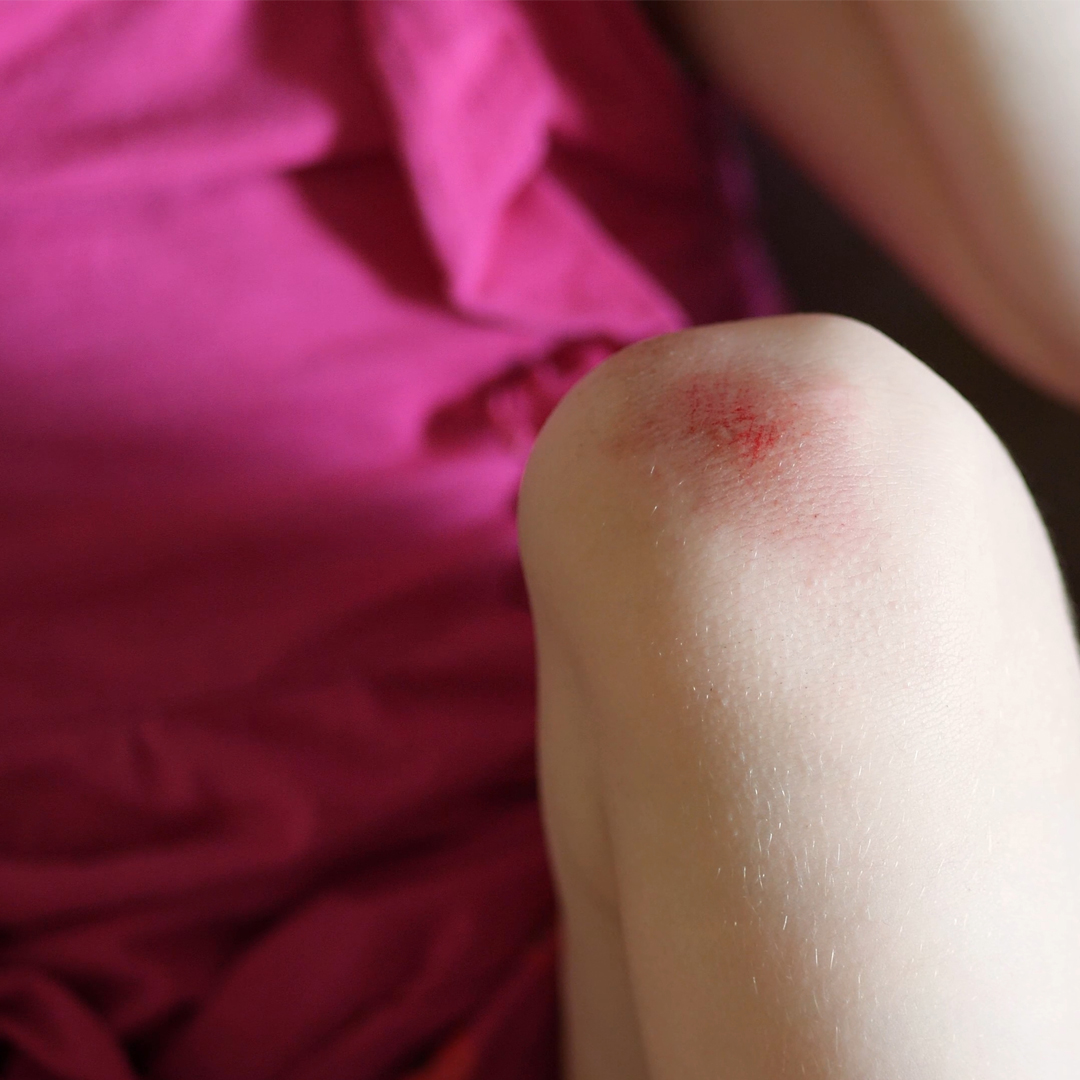

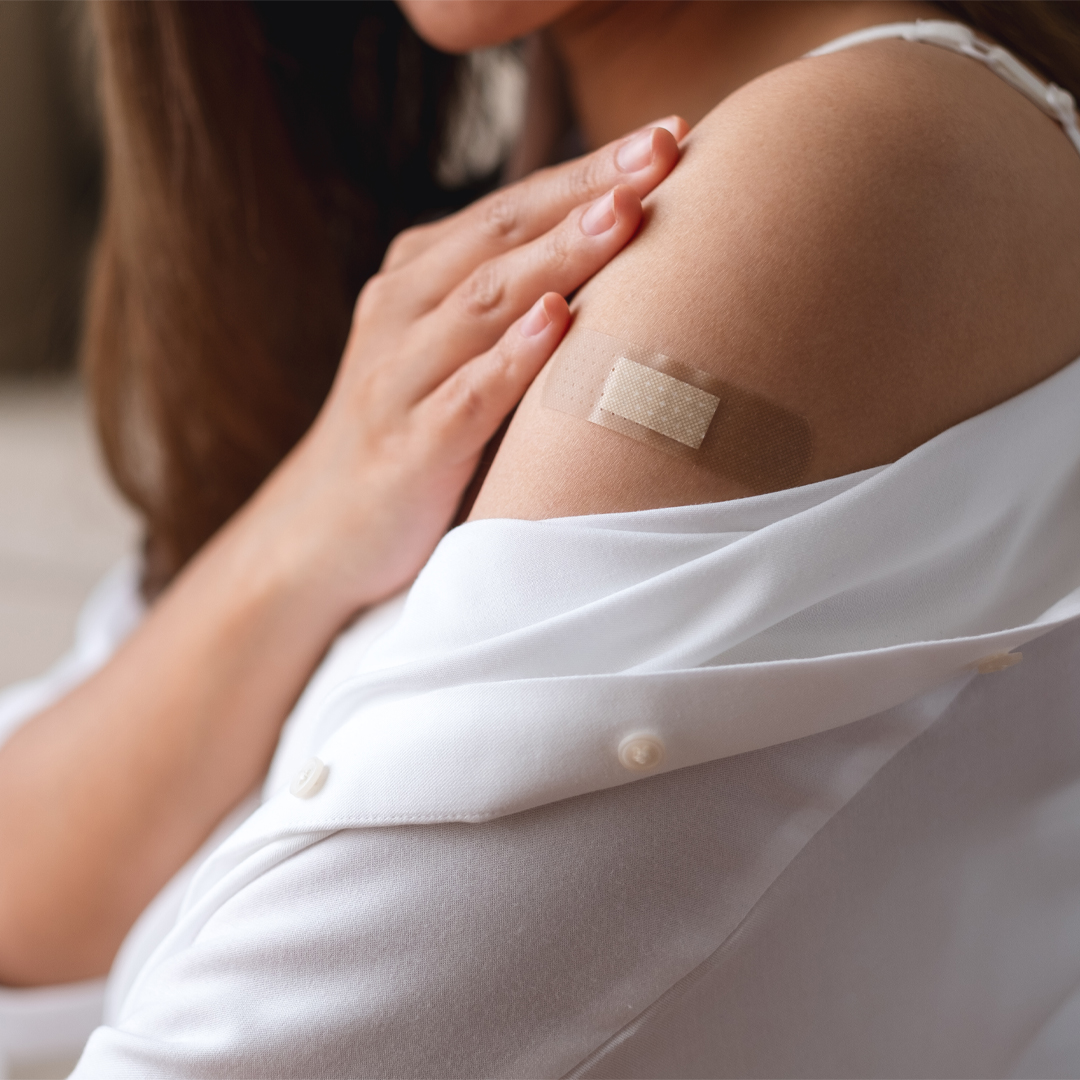



Visibly red and swollen
Hot and hard to touch
Pus
Unpleasant smell
Nausea
Temperature/Chills
Refer to the steps on cleaning a wound for how to wash an infected wound. The process is much the same. Using a saline wound wash solution is a good idea if dealing with an infected wound as it promotes hygiene at the trauma site.
Sterowash wound wash also has properties that help to fight infection, including:
- Antimicrobial properties that aid in preventing the spread of bacteria, viruses. Germs, and pathogens.
- The solution is pyrogen-free, free from fever-inducing properties.
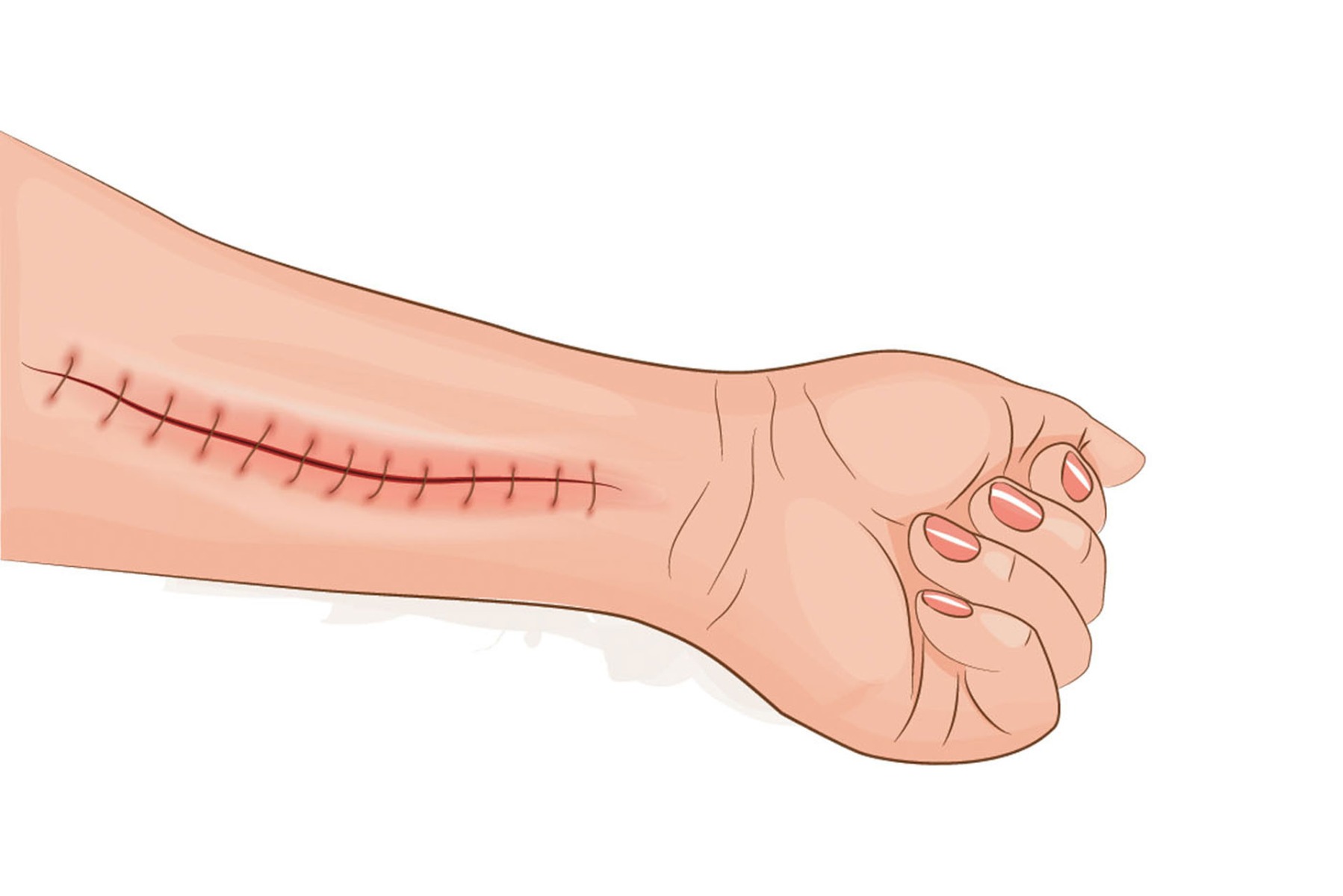
Can you wash a wound with stitches?
Wait a minimum of 48 hours after surgery to get your stitches wet, however, they should never be heavily dampened such as from soaking in a bath. Getting stitches wet with a light shower of water is fine. Try to keep your stitches dry most of the time and make sure to pat them dry after getting them wet.
There shouldn’t be any need for you to wash stitches, in fact doing so could do more harm than good as damp stitches increase the risk of infection of the wound and prolong the healing process.
If you need to clean your stitches, try to do so without getting the area too wet. Wiping with a piece of gauze or non-fluffy material soaked in a little wound wash should be sufficient. Be sure to pat the area dry afterwards.
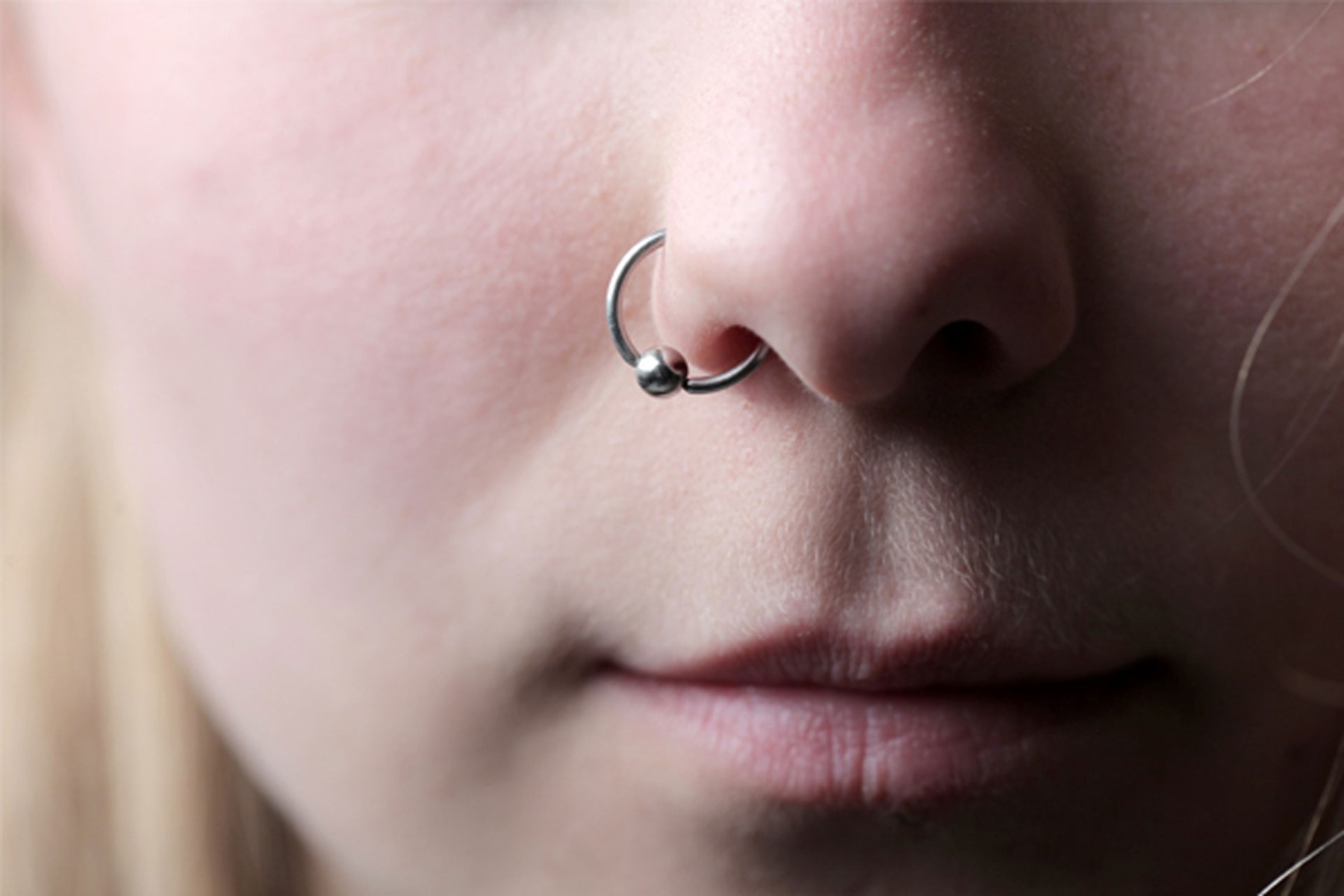
Saline Wound Wash for Piercings
People use sterile saline wound wash for piercings to keep them clean and free from infection as they heal. Saline wound wash for belly button piercings and ear piercings is ideal as it is sterile and free from additives that might cause irritation to the area.
How to Use Wound Wash: Piercing Aftercare
- Soak a piece of gauze in wound wash and gently dap the pierced area.
- Pat the area dry with a clean towel or tissue.
- Dry cartilage piercings thoroughly with a hairdryer if possible to reduce the chance of piercing bumps.
- Repeat the cleaning procedure two or three times a day for the duration of the healing period. This varies depending on where your piercing is so you should consult your piercer.
If you’re a professional piercer looking for wound wash for your shop, check our tattoo and piercings supplies page. We supply tattooists and piercers with a range of hygiene products, PPE, and consumables.
Wound Wash for Animals
Sterile saline wound wash can also be used to clean wounds on animals. Sterowash is an ideal wound wash for cats and antiseptic wound wash for dogs and is a handy piece of first aid equipment for pet owners, as well as an everyday essential for vets.
We supply veterinary practices with a wide range of vet clinic essentials from wound care products to biohazard spill kits.
Visit our
Interactive First Aid Guide
Demystify workplace first aid & find out exactly what your business needs.
Please enter your details into the form below along with any questions or comments and a member of our team will be happy to provide you with more information:
